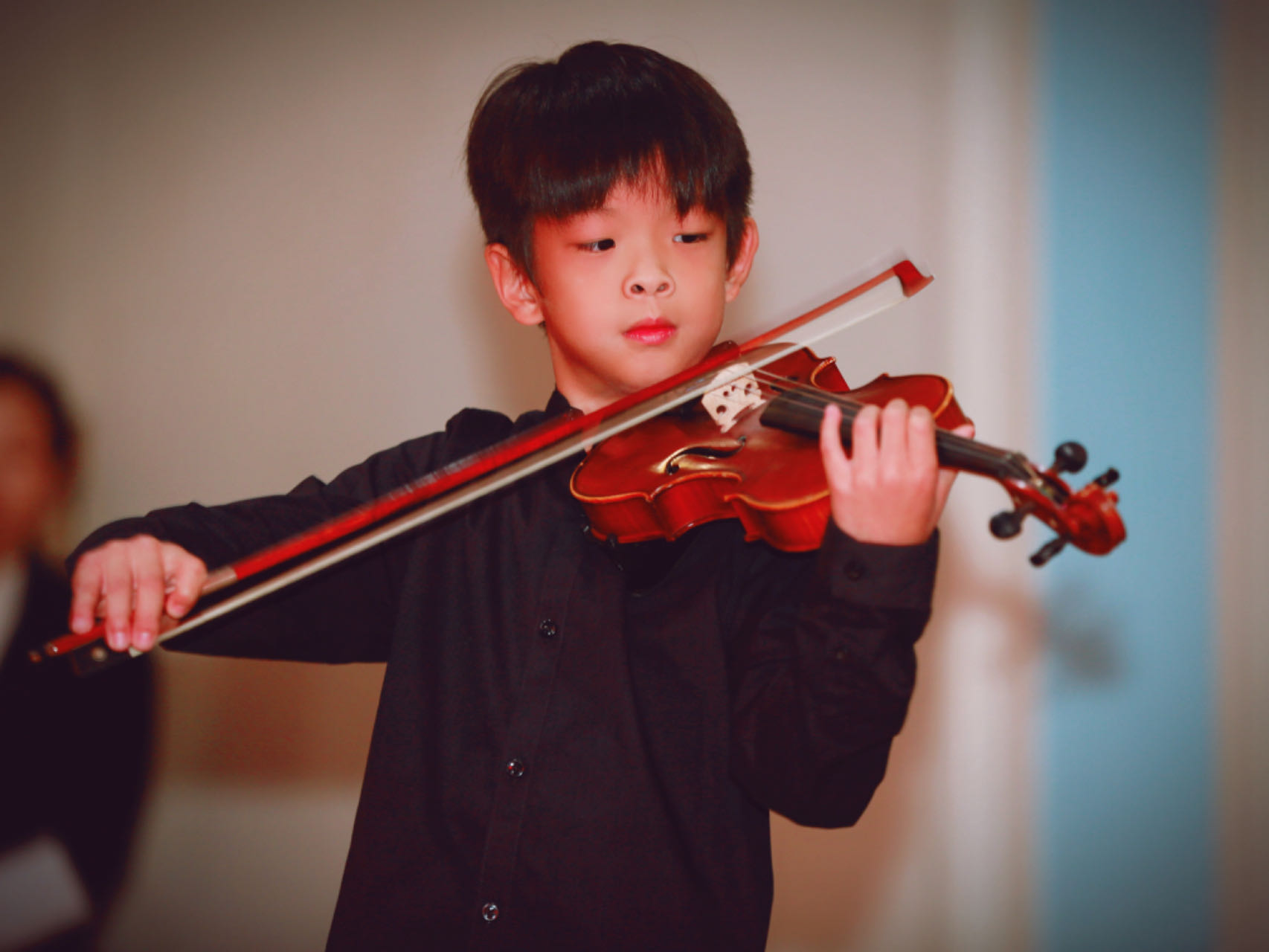
Choosing the right size violin for your child is important for their comfort and ability to play well. Here’s how to determine the right size:
- Measure Arm Length: Have your child extend their left arm to the side, parallel to the ground. Measure from the neck to the tip of the middle finger. Use this measurement to guide size selection.
- Violin Sizes: Violins come in various sizes, typically labeled as full size (4/4), 3/4, 1/2, 1/4, and so on. Here’s a rough guide:
- 4/4 (full size): For older teens and adults
- 3/4: For ages 11-13
- 1/2: For ages 8-10
- 1/4: For ages 5-7
- 1/8 and smaller: For younger children
- Trial and Error: If possible, have your child try out different sizes at a music store or with a teacher. They should be able to hold the violin comfortably and reach the fingerboard easily.
- Check the Fit: When your child holds the violin, they should be able to:
- Reach the scroll with their left hand.
- Place their fingers on the fingerboard without stretching too much.
- Hold the violin comfortably under their chin.
- Consider Growth: Kids grow quickly, so it might be worth considering a slightly larger size if they are close to transitioning to the next size up.
- Consult a Teacher: If your child is taking lessons, a teacher can provide valuable advice on sizing and what might work best.
Taking the time to find the right size will help your child develop their skills more easily and enjoy playing!
